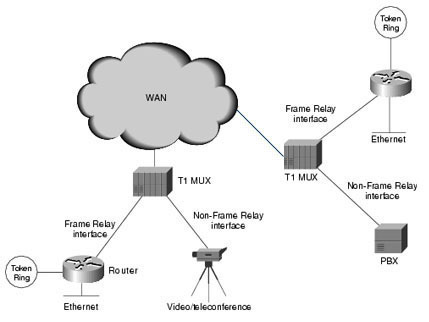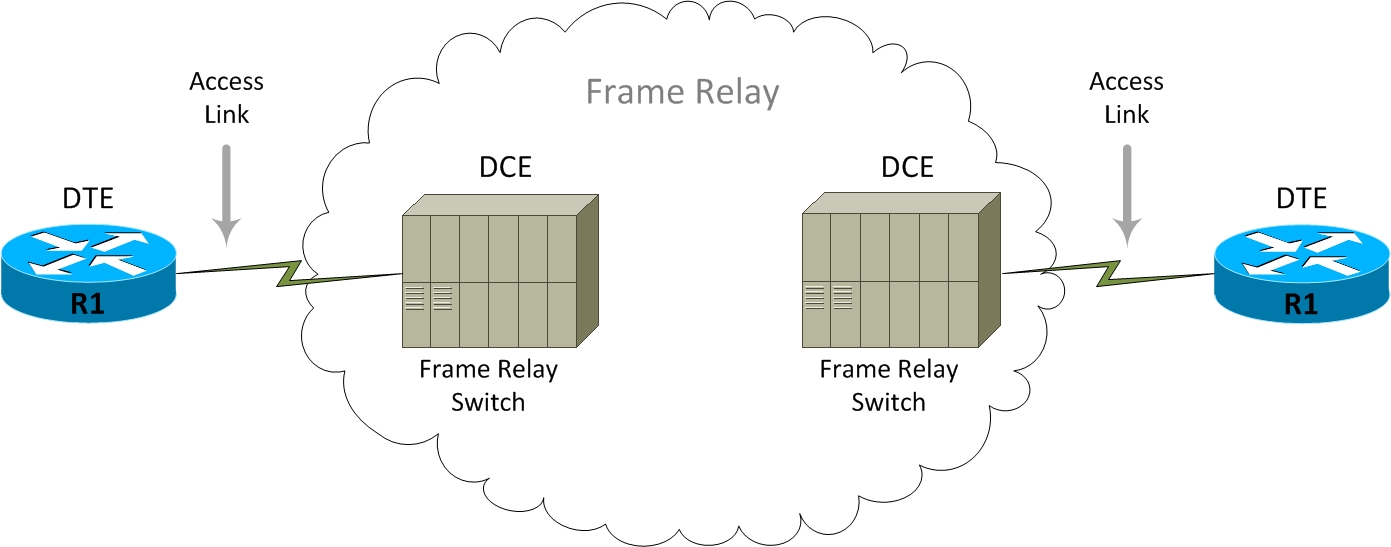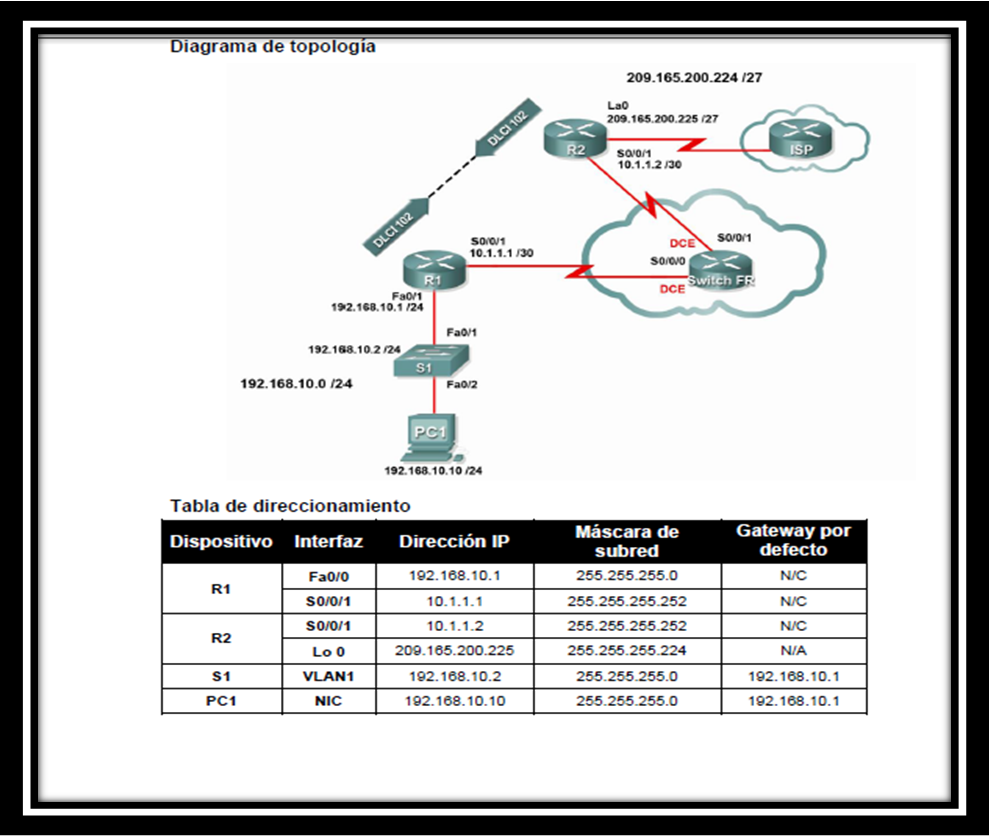
Here, we describe by means of intracellular recordings in vivo the synaptic and spike responses of barrel cortex neurons to the deflection of the principal whisker as a function of stimulus intensity, which in this study is equivalent to the velocity-acceleration of the deflection.

In that study and in modeling work (Pinto et al., 1996, 2003), it was proposed that the transformation in stimulus representation strategy, from one on the basis of the timing of the response (in VB) to one on the basis of the magnitude (in the barrel, layer 4), is attributable to the properties of local inhibition in layer 4. In addition, the layer 4 circuit is more sensitive to the initial frequency of thalamic input rather than its total number of spikes. In contrast, in layer 4 of the barrel cortex, extracellular studies have shown that increasing velocity increases response magnitude ( Pinto et al., 2000). In the ventrobasal (VB) nucleus of the thalamus, increasing the velocity of whisker deflection increases the initial firing rate without a change in the total output ( Pinto et al., 2000). Velocity is first encoded by both rapidly and slowly adapting trigeminal ganglion neurons ( Welker et al., 1964 Lichtenstein et al., 1990 Shoykhet et al., 2000). It may also be critical for determining the distance to objects ( Cowan et al., 2004), because striking a whisker at different distances from the face generates deflections with different angular velocities.

Encoding deflection velocity-acceleration is probably critical for discriminating between surfaces of different textures ( Dykes, 1975 Temereanca and Simons, 2003), a task that rats are capable of performing ( Guic-Robles et al., 1989 Carvell and Simons, 1990). As rodents explore, their whiskers repetitively move back and forth at 5-15 Hz ( Welker et al., 1964 Carvell and Simons, 1995 Berg and Kleinfeld, 2003) contacting surfaces and objects, causing small angular deflections at the base of the whiskers. In the rodent barrel system, neurons are exquisitely sensitive to velocity ( Gibson and Welker, 1983 Ito, 1985 Shoykhet et al., 2000 Deschenes et al., 2003 Temereanca and Simons, 2003 Lee and Simons, 2004) and acceleration ( Temereanca and Simons, 2003) at which the corresponding principal whisker in the mystacial pad is deflected. Such a strategy has generated the basic framework of our understanding of how sensory cortices represent specific aspects of sensory inputs ( Mountcastle, 1957 Hubel and Wiesel, 1962 Simons, 1978). We propose that layer 4 circuits are better suited to perform coincidence detection, whereas supra and infragranular circuits are better designed for input integration.Ī successful strategy to investigate how information is represented in the nervous system is to vary specific parameters of a sensory stimulus, for which the system under study is selective, while measuring the neuronal response from the corresponding area of the sensory cortex. Decreasing stimulus intensity (velocity-acceleration) reduced the amplitude and increased the peak latency of the response without altering its synaptic composition. In contrast, in SGr and IGr cells, results suggest an overlap in time of the EPSP and IPSP, with a small drop in input resistance and an apparent reversal potential above spike threshold, facilitating input integration for up to 20 msec. This early IPSP was associated with a large decrease in input resistance and an apparent reversal potential below spike threshold consequently, synaptic integration in Gr cells was limited to the initial 5-7 msec of the response. In all cells, depolarization reduced the duration and amplitude of the response, but only in Gr cells did it reveal an early IPSP that cut short the EPSP.

The spike response peak of Gr cells was followed by IGr and then by SGr cells. Infragranular (Igr layers 5-6) cells had intermediate values, and thus each layer was unique.

Granular (Gr layer 4) cells had the EPSP with the shortest peak and onset latency, whereas supragranular (SGr layers 2-3) cells had the EPSP with longest duration and slowest rate of rise. To study the synaptic and spike responses of barrel cortex neurons as a function of cortical layer and stimulus intensity, we recorded intracellularly in vivo from barbiturate anesthetized rats while increasing the velocity-acceleration of the whisker deflection.


 0 kommentar(er)
0 kommentar(er)
